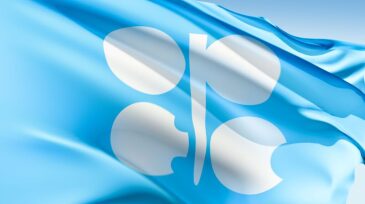environment
-
The strategy is part of larger interagency effort to promote recovery of the North Atlantic right whale while responsibly developing offshore wind.
-
Backed by more than $28 million in fresh investments, XGS Energy is prepping to introduce a new technology called thermal reach enhancement.
-
The Vineyard Wind 1 project came online on 2 January, while appeals in several lawsuits against it remain pending.
-
An innovative aircraft-based technique recorded carbon emissions not tracked before from the industrial region.
-
Republicans have been raising concerns for weeks about a possible administration clampdown on natural gas exports. Now that it’s official, expect the congressional pushback to intensify.
-
The Bureau of Land Management has released its final Eastern Colorado Resource Management Plan, which keeps most acres open to oil and gas leasing.
-
Thailand’s national petroleum exploration and production company plans to team with Japanese oil and gas company INPEX to study the feasibility of a carbon storage hub in the northern Gulf of Thailand.
-
As the vessel moves toward a shipyard to be dismantled, the company said it wants to become a global reference in decommissioning, focusing on sustainability, safety, and care for people and the environment.
-
The International Energy Agency recently said the oil and gas industry is spending far too little on clean energy technologies.
-
Nature-based solutions, such as constructed wetlands, have gained increasing interest over the past decade as a sustainable option for wastewater treatment in the domestic, industrial, and oil and gas sectors, with a growing number of examples now existing throughout the UAE, Oman, and other oil-producing regions.










